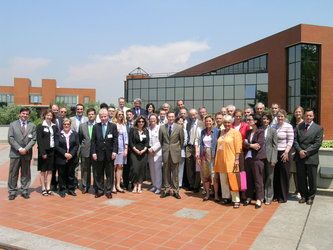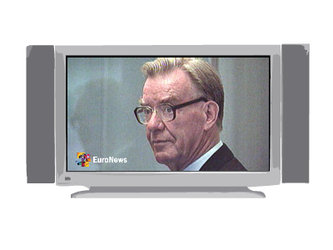ESA - the first 30 years
Of the 1454 people working at ESA when it began on 31 May 1975, 206 are still working for the Agency. Recently the ESA Portal spoke to two of them to hear about life at ESA during the past 30 years.
Roger Elaerts, now working at Paris headquarters as Head of the Education Department, began working for ESA’s predecessor ESRO in 1974 at Noordwijk in the Netherlands. His first job was in the Project Control Office of ISEE-2, the International Sun-Earth Explorer launched in 1977.
Lesley Bonnefoy also began at ESRO but three years earlier in 1971. Now an Administrator in the Human Resources Division in Paris, her first job was in the project management team for the OTS telecommunication’s satellite.
Staff working at ESA in 1975 felt like pioneers, as space was still a relatively new area, particularly in Europe. Sputnik was launched in 1957, Yuri Gagarin orbited the Earth in 1961 and Neil Armstrong’s historic walk on the moon took place in 1969.
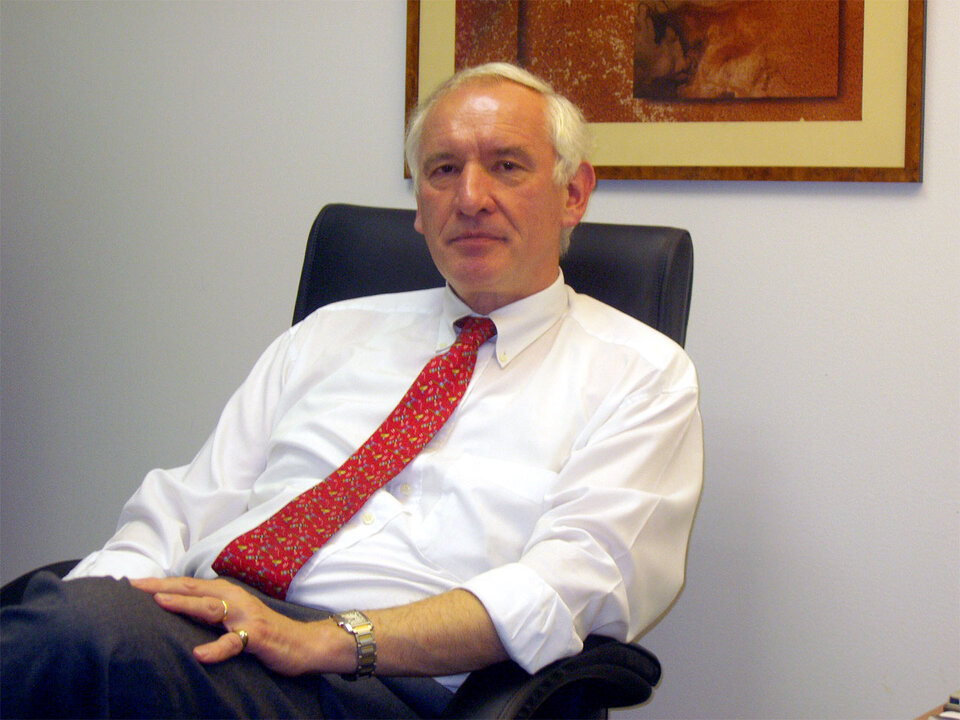
So what was ESA like in 1975?
“In some ways very different from today,” says Roger. “ESA headquarters were in Neuilly-sur-Seine, as ESA only moved to its present site in Paris in October 1976, and the ESTEC building in the Netherlands was much smaller then with fewer amenities.”
Both agree that the smaller staff numbers in 1975 led to a more informal and personal atmosphere, something that has been lost to a certain extent as the Agency has grown. On the downside, however, was the absence of the office technology that today we all take for granted.
Imagine a world with no computers for office use, no emails, no fax machines and with telex still a novelty. Despite this, in 1975 ESA launched its first satellite, Cos-B, and was already hard at work on Ariane 1, the launcher that was to give Europe its own access to space.
Memorable launches
Then, as now, the launch of an ESA satellite or a new European launcher was an exciting if nail-biting event for all those in any way involved. Roger was lucky enough to be at Europe’s Spaceport in Kourou for the first Ariane launch in 1979; an event he will never forget.
“The exhilaration was overwhelming,” he recalls, “so much so that during the speech of the then Director General, Roy Gibson, the spaceport’s firemen sprayed everyone with water in their excitement, much as Formula 1 drivers today spray their team with champagne after winning a race.“
The pride and delight at Kourou was shared by those working at ESA establishments and in the many European industries that played a part in building the launcher. “It was a particularly memorable Christmas,” says Lesley, “as the successful launch took place on Christmas Eve.”
Both have vivid memories of the OTS telecommunications satellite, though for different reasons. Lesley remembers the times sat anxiously waiting by the phone, with the rest of the OTS project team, waiting for a call from the Project Manager who had been summoned to a meeting in Paris to hear the fate of the satellite. “Luckily,” she says, “the news was always good and the project went ahead.”
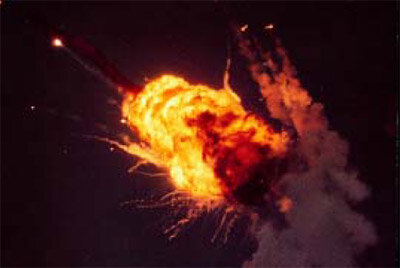
By the time of the OTS launch in 1977 Lesley had moved to the Personnel Department, but she continued to follow OTS closely. Lesley, like all those working at ESA, was devastated to hear that on 13 September 1977 the US Delta 3914 rocket, with the OTS satellite on board, exploded 56 seconds into its flight.
Roger was present at Cape Canaveral as he was part of the team preparing for the ISEE-2 launch that took place shortly after that of OTS. “In some ways I found the OTS launch, despite its failure, a more moving event than that of Ariane 1. After the first shock at the disaster you could ‘sense’ the strong feeling of solidarity that grew around the OTS Project Team; no one expressed any doubts about the future, there was just a strong determination to get back to work and continue.”
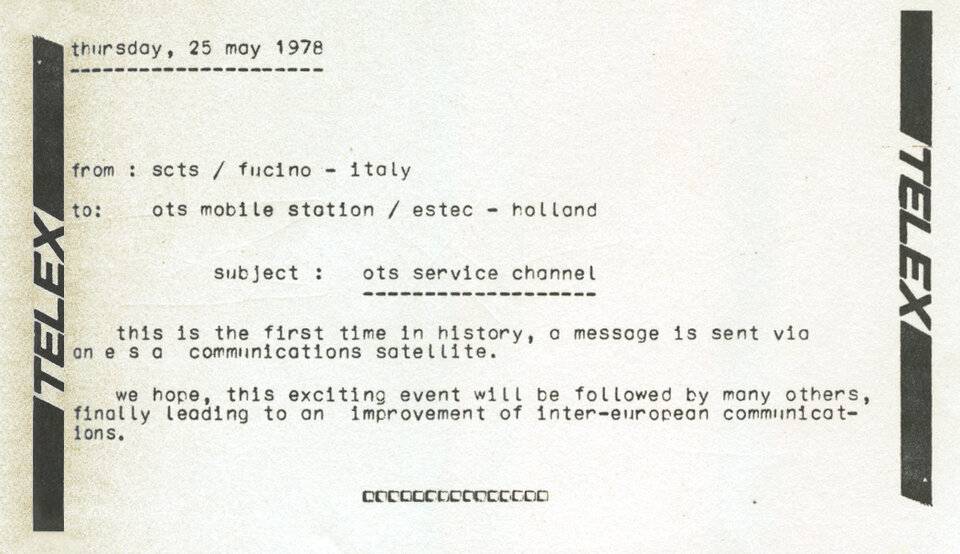
The team was rewarded for their optimism and hard work. Just eight months later OTS-2 was successfully launched from Cape Canaveral. On 25 May 1978 it was used to send the first telex from an ESA telecommunication satellite and its five-year life span exceeded all expectations.
Lesley has another anecdote about the OTS launch. The OTS Mechanical System Manager, Ed Ashford, was of course present at the launch and had invited his wife and young son to attend as spectators. “He told me afterwards,” says Lesley, “that his son was distraught when the Delta launcher exploded as he knew his father was involved in the project and was convinced he must be on board.”
Life at ESA
Some things have not changed in the past 30 years. ESA personnel often remark on how much they like ESA’s international atmosphere and Roger and Lesley are no exception. “I have learnt so much,” says Lesley, “by meeting people from different countries and different cultures; it helps to broaden your outlook.”
Roger agrees, “one reason I am still working at ESA is because I enjoy meeting and working with people of different nationalities; it is interesting to see how often sharing a common aim can override national customs.”
He smiles as he remembers two German colleagues who when meeting in the corridor addressed each other in German, using the formal title Herr Doktor. However, in meetings with colleagues from other countries they always spoke to each other using their first names.
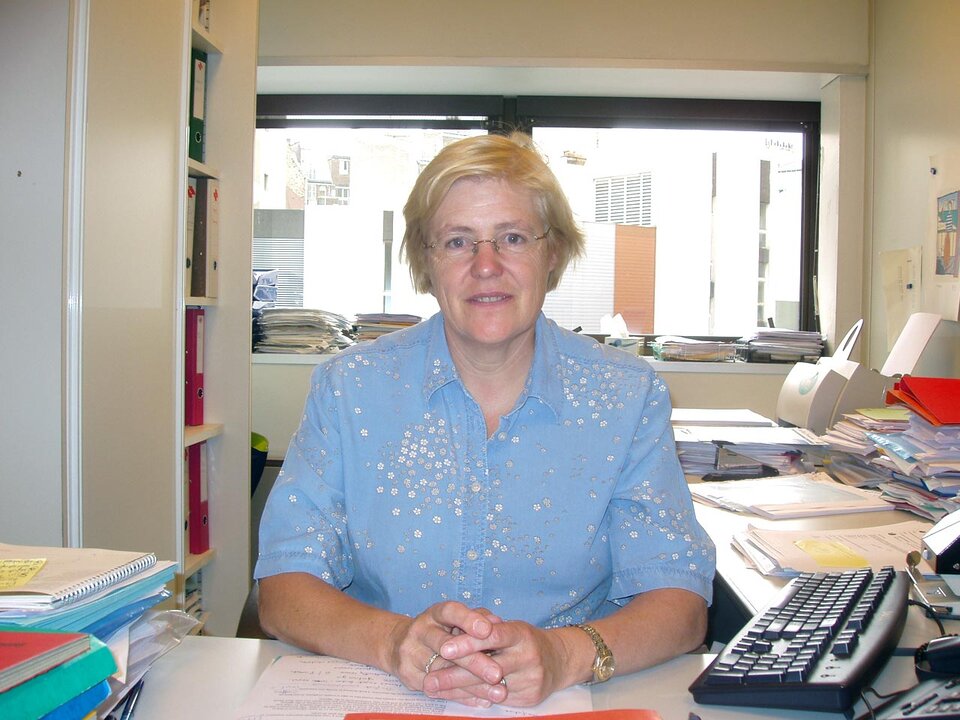
One big change, noticed by both, is the increase in the number of women working at the Agency, particularly in technical and scientific fields. This is in part due to the changing environment but also to ESA’s efforts over the years to attract more women staff, particularly through its Young Graduate Programme.
“I remember when I had my first child,” laughs Lesley “most of my colleagues assumed I would give up work, so imagine the reaction when I still continued working after the birth of my second child. Now ESA offers mothers generous maternity leave, and flexi-hours and part-time are available for all. This makes it easier for both men and women to work without neglecting their family.”
At the end of the interview both were asked what they wished for ESA on this, its 30th anniversary. Roger replied, “I hope those working here never lose their enthusiasm for space and continue to put ESA’s interests first so that it retains its independent and international spirit.”
Lesley agreed, adding, “may it also continue to attract young, bright and enthusiastic Europeans”.







